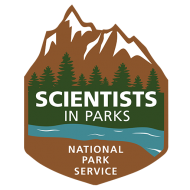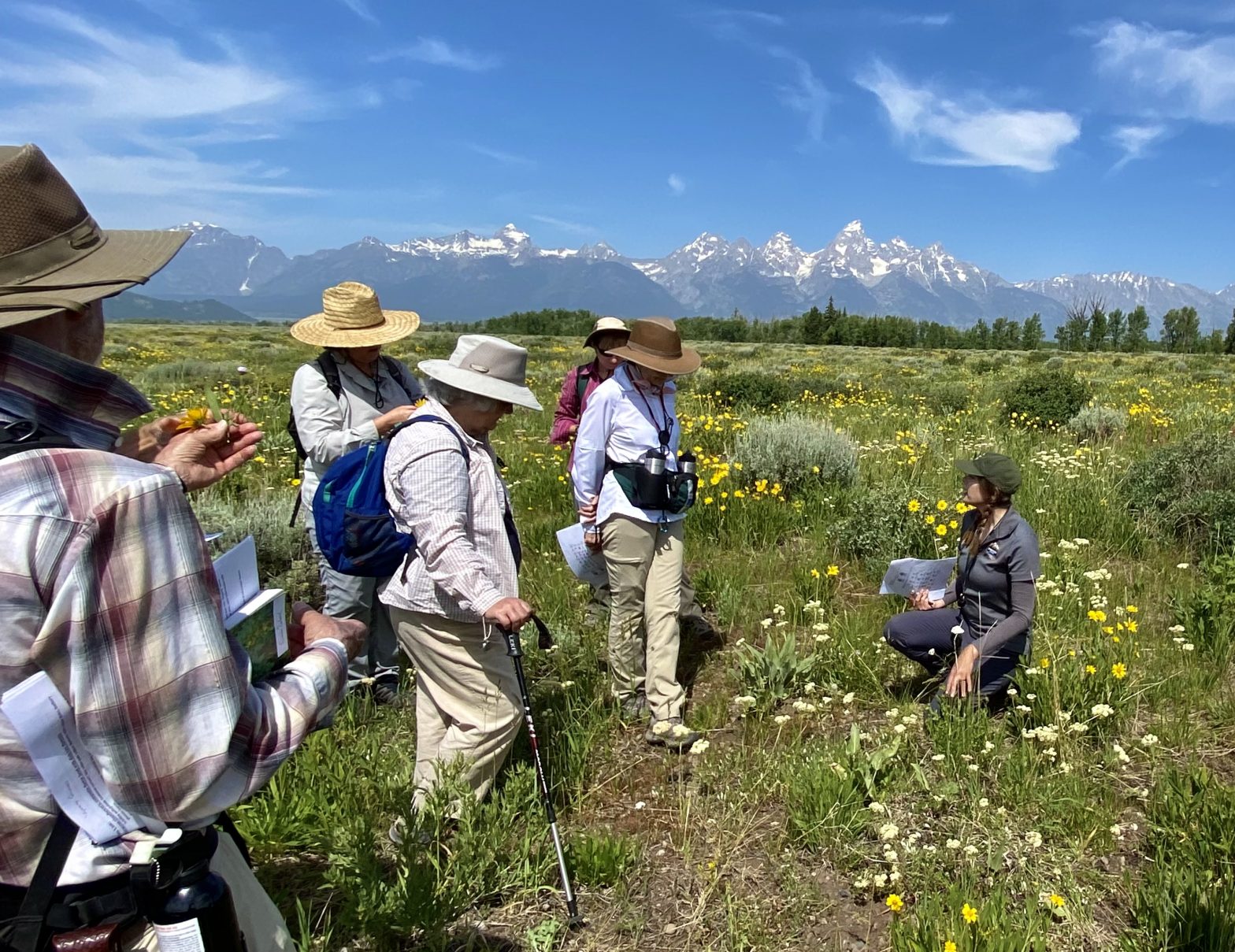As a plant goes through its unique and miraculous lifecycle, it transforms from an embryonic seed to an organic machine capable of converting light to energy and finally to a fertilized fruit with the potential to provide nourishment either for hungry animals or for a new generation of seeds. But did you know that plant ecologists have a sort of “life cycle” too? As both a graduate student and a Scientists in Parks intern with Grand Teton National Park, I have been lucky enough to grow through each stage gradually as I work to improve our understanding of sagebrush steppe plant communities.
Tracking Biodiversity
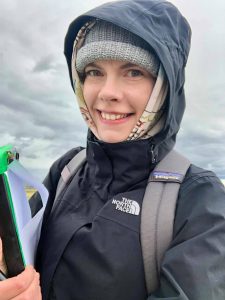
Much of my past and ongoing work involves collecting field data to add to long-term datasets and to provide brand-new information as well. Monitoring is one of the crucial first stages in the ecologist’s life cycle because, without monitoring data, plant ecologists do not have any way to confidently know how a plant community is changing over time. By routinely visiting the same areas year after year and meticulously recording things like abundances of species, we can learn a lot of different things about a plant community and the recovery of biodiversity. As a SIP intern, I have added to this special knowledge base by monitoring new community attributes, such as the presence of early spring-blooming species, flowering times, and plant traits like seed mass. Together, each set of data provides new perspectives on what is happening to hundreds of plants species year to year and during the restoration of communities that have been ecologically degraded.
Gettin’ Down with Data
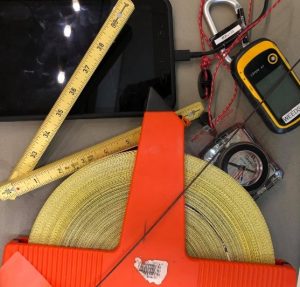
As you might have guessed, the next stage in the life cycle is data analysis! This is where we can really start to piece together the “ecological puzzle” of plant community processes and restoration. There are lots of methods and ways to look at monitoring data and we can answer a wide variety of useful questions with these data, from “Are sensitive early spring-bloomers establishing soon after restoration?” to “How does weather after restoration seeding affect community structure 10 years later?”
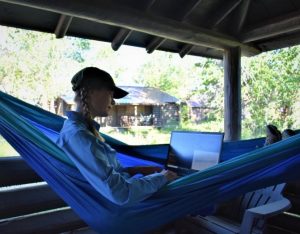
But what I am really working on this summer is how we can apply this analyzed data to restoration design and management action on the ground. To do this, I am looking at lots of different graphs to determine things like key times to monitor restored communities with the goal of producing a “white paper” that translates science into management ideas.
Spreading the Word
Finally, I have begun to “spread my branches towards the sun” to bring this science into the light and the public eye. A large component of my internship is focused on communicating all this valuable information to diverse audiences and inspiring others to care about the sagebrush steppe ecosystem. I have engaged future restoration volunteers by teaching a plant ID field course, started a social media campaign about the #secretsofthesage, and am currently developing a StoryMap to tell the interesting tale of the sagebrush steppe and the long-term, large-scale restoration project ongoing in Grand Teton National Park.
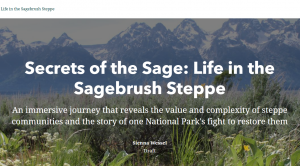
This final stage in the ecologist’s life cycle is arguably one of the most important because science communication truly is the fruit of many years of data collection, analysis, and contemplation. Science cannot go far without public (and internal) support. Furthermore, without people to care about ecological restoration and other management projects, funding and interest dwindle quickly. Hopefully, with some effort, my contributions will help to sow the seeds of interest and inspiration which will result in helping hands and collaborations to preserve the imperiled sagebrush steppe for many generations to come.
